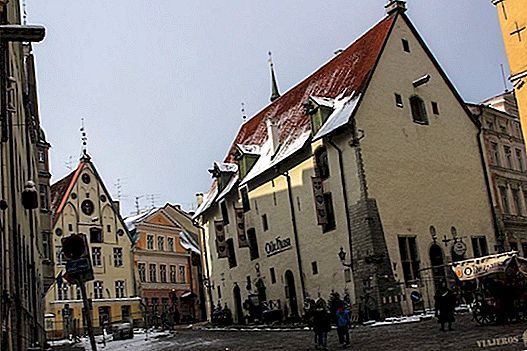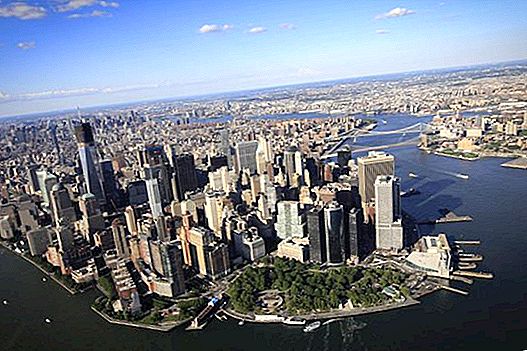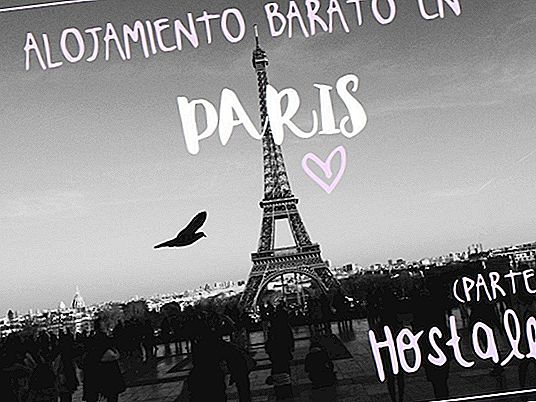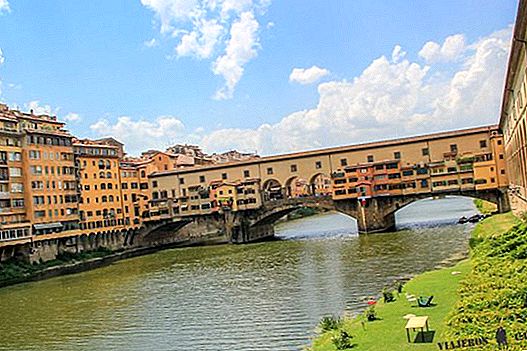This list of the best works to see in the British Museum London will help you prepare a route through one of the most important museums in the world, without missing anything.
This museum, opened in 1759, has become thanks to its extensive collection of key works in the history of mankind, the third most visited museum in the world, behind the Louvre in Paris and the Metropolitan in New York. Although the origin and how some of his masterpieces were achieved are not exempt from controversy, the conservation work of the museum must be taken into account in addition to what it has meant for the city.
Although the museum is free, like most of the best museums in London, it is highly recommended to know the history of the museum and not miss any important pieces, book this guided tour in Spanish with an expert in art and history or this free tour by the museum Free!
In case you do not want to take a guided tour you can rent an audio guide in Spanish for 7 pounds, buy a small book with the 10 best works for 2 pounds or another more complete book for 6 pounds.
The duration of the visit to the British Museum can vary from an hour and a half to see the 10 main works until a whole day, if you are an amateur or lover of art and history.
Based on the three times we have visited this great museum, during the last time we were in the city we wrote this travel guide to London step by step, we have made this list of those that are for us, the 10 essential works to see in the British Museum. We start!
Museum Details
To get to the British Museum, one of the most essential places to visit in London, the best option is to take the red metro line and get off at the Holborn or Tottenham Court Road stops. If you do not have any metro stop nearby, you can opt for the bus by taking any of these lines: 1, 7, 8, 19, 25, 38, 55, 98, 242 that stop at New Oxford Street, 10, 14, 24 , 29, 73, 134, 390 stopping at Tottenham Court Road and 59, 68, X68, 91, 168, 188 that stop at Southampton Row.
The museum opens every day from 10 a.m. to 5:30 p.m., except Friday that closes at 8:30 p.m.
We recommend arriving early in the morning, half an hour before opening, and avoiding on weekends, in order to tour the museum with less people and more tranquility.
Keep in mind that if the visit is extended, the site has several restaurants perfect for a quick lunch and coffee.
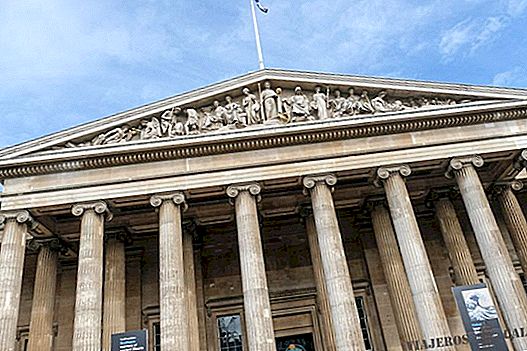
The British Museum
1. The Rosetta Stone
The Rosetta stone, which was key in the decipherment of Egyptian hieroglyphs, is the most famous piece to see in the British Museum. This great advance in the knowledge of one of the most transcendental civilizations in history, came about thanks to the fact that this rock fragment has the same decree of the year 196 B.C. in three different writings: Egyptian hieroglyphs, demotic writing and ancient Greek.
The Rosetta stone was found in the Egyptian city of Rashid (Rosetta) during the Napoleon Bonaparte campaign in Egypt and was later transferred from French to British hands during the Napoleonic wars.
Location: Room 4 of the Ancient Egypt area.

The Rosetta Stone
2. Elgin Marbles
The Marbles of Elgin or the Marbles of the Parthenon of Athens, is one of the most controversial collections to see in the British Museum.
These white marbles brought between the years 1801 and 1805 by Thomas Bruce, Earl of Elgin, represent half of the sculptures of the Parthenon including two thirds of the pediments with scenes from Greek mythology and 75 meters from the 160 of the original frieze, which shows a religious procession of the people of Athens.
How the count of Elguin managed to take this precious collection is not at all clear and the Greek government has repeatedly asked for its return.
Location: Room 18 of the area of Ancient Greece and Rome.

Elgin Marbles
3. The Moai Hoa Hakananai'a
Seeing the Hoa Hakananai'a, the most important moai found outside Easter Island, is one of the best things to do in London and the British Museum, although it is also a piece that is not without controversy.
This basalt moai, unique in the world for its inscriptions, was built in Rapa Nui between the twelfth and seventeenth centuries and stolen in 1868 by the English ship HMS Topaze from a house in the Orongo ceremonial center. Currently, the Chilean government is negotiating with the English authorities the return of Moai Hoa Hakananai'a to Easter Island.
Location: Room 24 of the Americas area.

Moai Hoa Hakananaiʻa
4. Chess on the Isle of Lewis
Lewis Chess is the oldest chess piece game ever found and another one of the best works to see at the British Museum in London. These 78 chess pieces of the 12th century, well preserved and perfectly carved in walrus ivory, along with fourteen boards and a bag buckle, were found on a beach on the island of Lewis, belonging to Scotland, in 1831.
Experts believe that they have a Scandinavian origin and that they came to this remote island because of the colonization of the Norse or Vikings.
Location: Room 40 of the Europe area.

Lewis Island Chess
5. Katebet's Mummy, one of the best works to see in the British Museum
The mummy room located in the Egyptian area is another of the most amazing places to see in the British Museum in which one of the most fascinating pieces of this room is the Katebet Mummy, which belonged to an old woman from 1300 BC.
The mummy is wrapped in layers of linen, has a cardboard mask painted in gold and two wooden arms with several bracelets and rings.
Location: Room 63 of Ancient Egypt.

Katebet's Mummy, one of the works to see in the British Museum
6. The Monument of the Nereids
The Greek-style Monument of the Nereids is the largest and most valuable tomb found in present-day Turkey. This ceremonial building was built between 410 and 400 B.C. By order of King Lycian Arbinas.
The monument was found in the ancient Lycian city of Janto and transported to England between 1842 and 1844 by archaeologist Charles Fellows, discoverer of ancient Lycia.
It is currently restored and can be seen among the columns, the Nereids that were the nymphs of the king of the sea, Nereo. In addition the monument has a marble frieze with scenes of the Lycian king.
Location: Room 17 of the area of Ancient Greece and Rome.

Monument of the Nereids
7. Mosaic of a double-headed snake
The mosaic of a two-headed snake is one of the pre-Hispanic jewels of Mexico and another of the best works to see in the British Museum. This object of intense turquoise color was used in ceremonies as an ornament that was worn on the chest that is believed, was part of the gifts given by the Aztec emperor Moctezuma II, to the Spanish conqueror Hernán Cortes, when he invaded the country between 1519 and 1521 .
Location: Room 27 of the America zone.

Two-headed Snake Mosaic
8. Assyrian sculptures and reliefs
In ancient Assyria, north of present-day Iraq, one of the most powerful empires of antiquity that dominated the world between 934 and 609 BC was born. and that he left for history great palaces of which some masterpieces are preserved. These remains in the form of precious reliefs and sculptures have been found in greater numbers in the ancient capitals of the Assyrian empire such as Ninive and Nimrud.
One of the most impressive pieces of Assyrian art are the two huge statues of winged lions with human heads, sculpted in relief or three dimensions. Another essential is the panels with reliefs that show scenes of real lion hunts and other themes.
Location: Room 6 of the Middle East area.

Assyrian art
9. Samurai's armor and helmet
The Samurai, "those who serve"They were elite warriors who ruled Japan for hundreds of years, between the twelfth and nineteenth centuries. One of the most important characteristics of a good samurai was the armor, which evolved over time to deal with the Different types of weapons.
In the British Museum there is a fantastic armor made with pieces from different eras, equipped with a helmet and the famous sword or katana.
Location: Room 92-94 of the Asia area.

Samurai Armor
10. The vases David
The two David vases, which belonged to the Yuan dynasty, are the most famous Chinese porcelain vases in the world. One of the oddities that make them unique was the discovery in the neck area of several inscriptions that allowed dating the two vessels in 1351 BC.
The two white and blue vases made for an altar of a Daoist temple were owned by Sir Percival David, a famous 19th-century Chinese porcelain collector.
Location: Room 95 of the Asia area.

David vases
Other pieces that could be perfectly included in this list of 10 works to see in the British Museum they are the bust of Ramses II, the footprints of Buddha, the Cylinder of Cyrus, the plates of Benin, the goddess Bodhisattva Tara, the Helm of Sutton Hoo, the list of kings, the head of Augustus, the Royal Game of Ur, the Warren Cup, the Hinton St Mary Mosaic and the Gold Layer, among many others.
Do you want to organize a trip to London?
Get it here:
The best offers of Flights to London here
The best hotels at the best prices in London here
Book the best tours and excursions in / from London in Spanish here
Book your Airport⇆Londres transfer here
Book your travel insurance with a 5% discount here
London guide in one day
London guide in two days
London guide in 3 days
London guide in 4 days
London guide in 5 days
London guide in 6 days
10 essential tips for traveling to London
Where to eat in London: Recommended restaurants
London Pass: how it works, what it includes and prices
London Explorer Pass: how it works, what it includes and prices
100 things to see and do in London
If you feel like helping us complete the list of the 10 works to see at the British Museum in London, add your favorite in the comments.

 The best offers of Flights to London here
The best offers of Flights to London here The best hotels at the best prices in London here
The best hotels at the best prices in London here Book the best tours and excursions in / from London in Spanish here
Book the best tours and excursions in / from London in Spanish here Book your Airport⇆Londres transfer here
Book your Airport⇆Londres transfer here Book your travel insurance with a 5% discount here
Book your travel insurance with a 5% discount here London guide in one day
London guide in one day